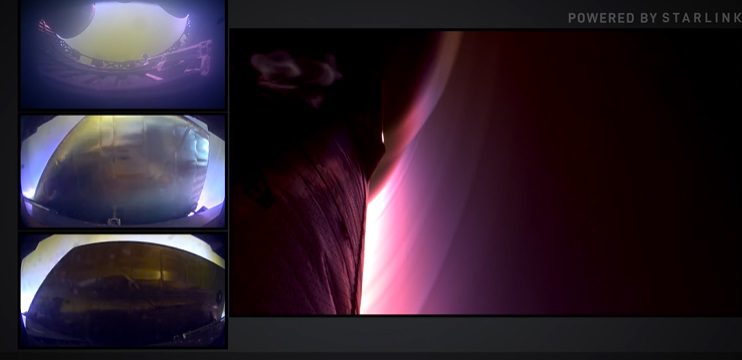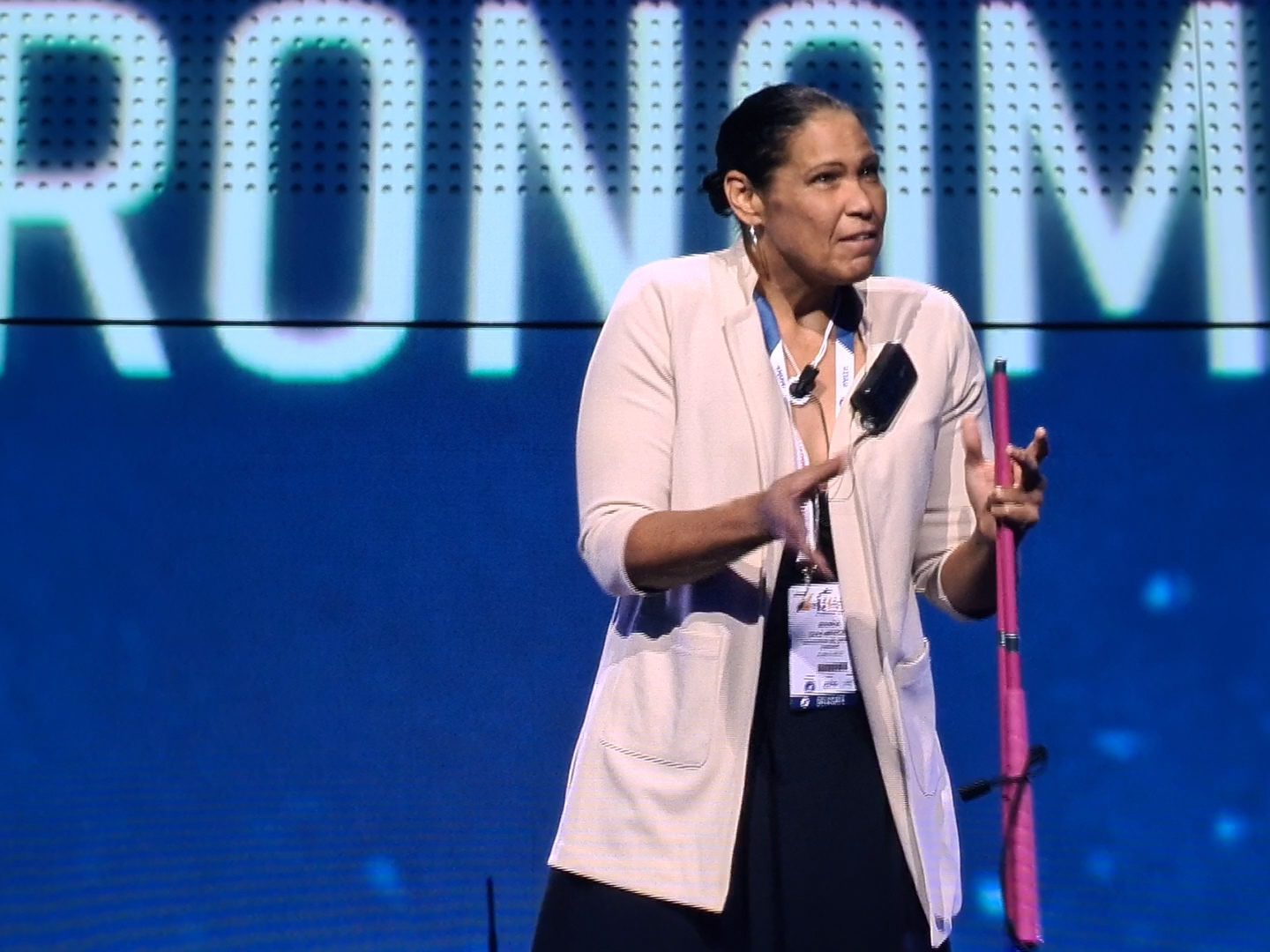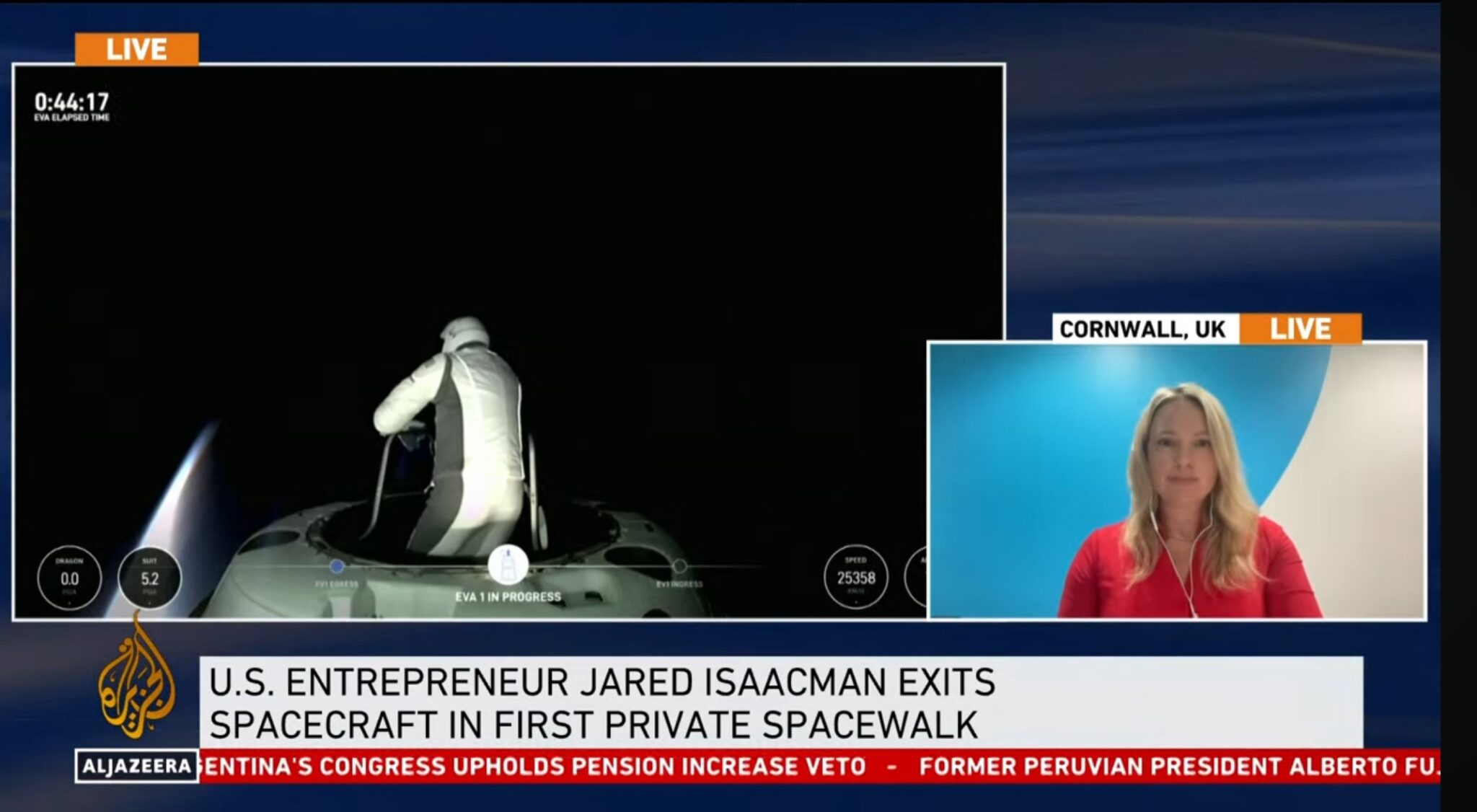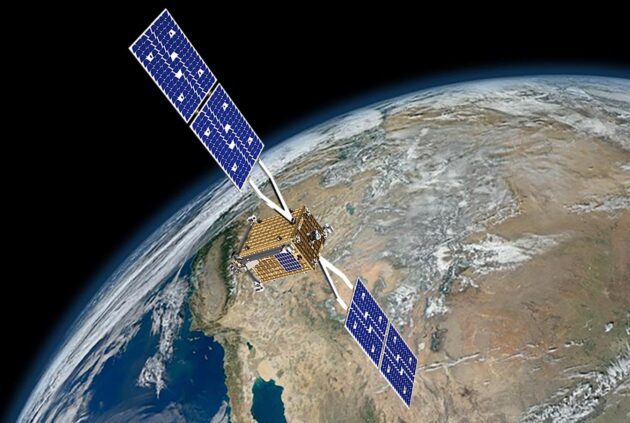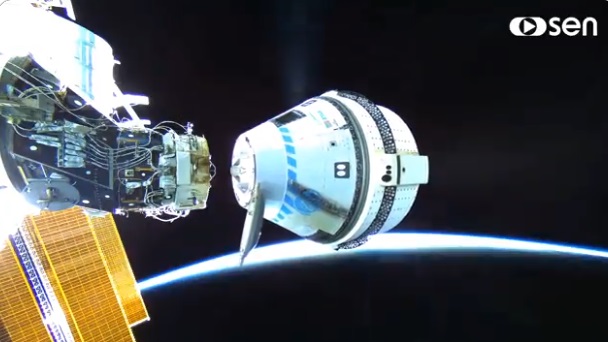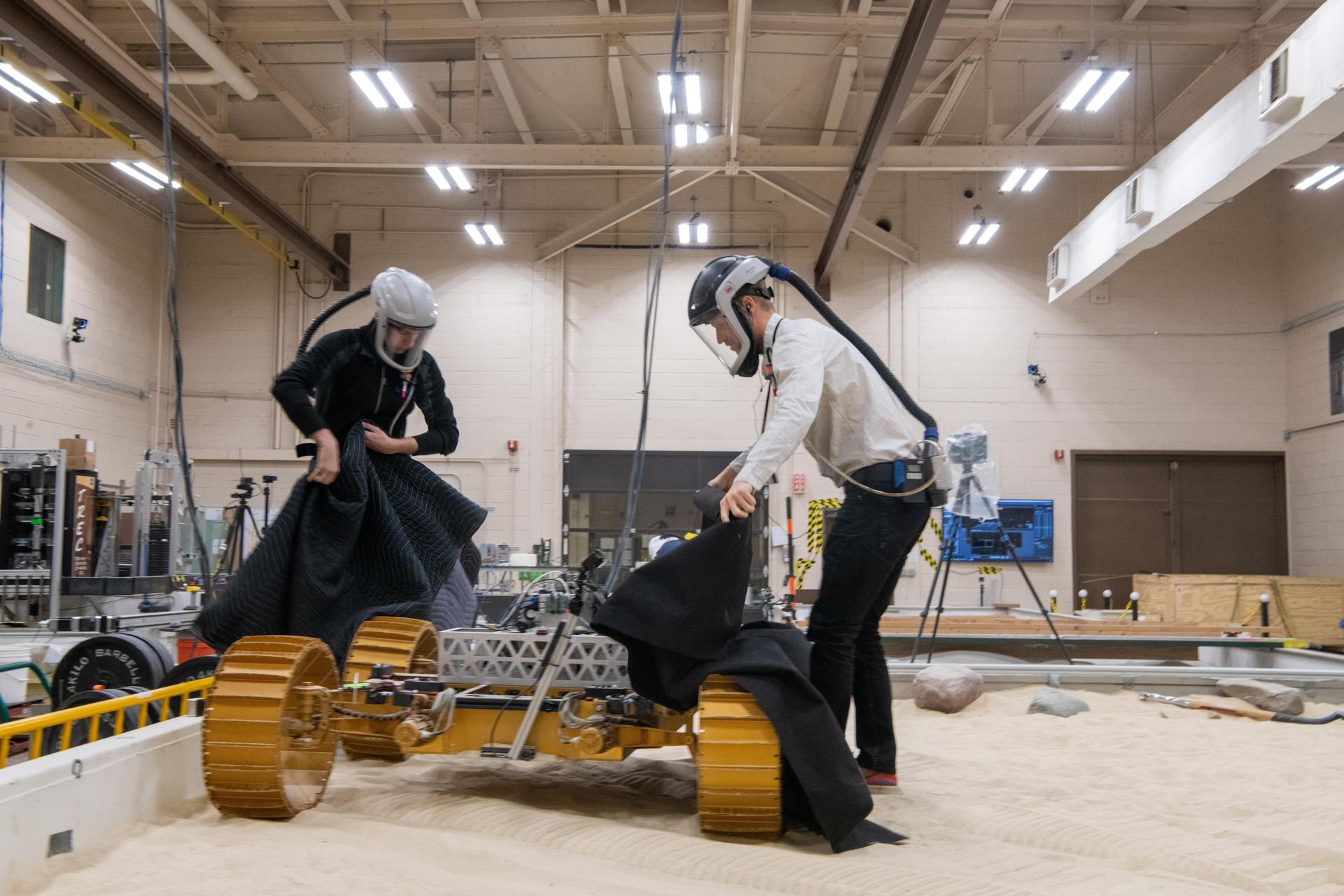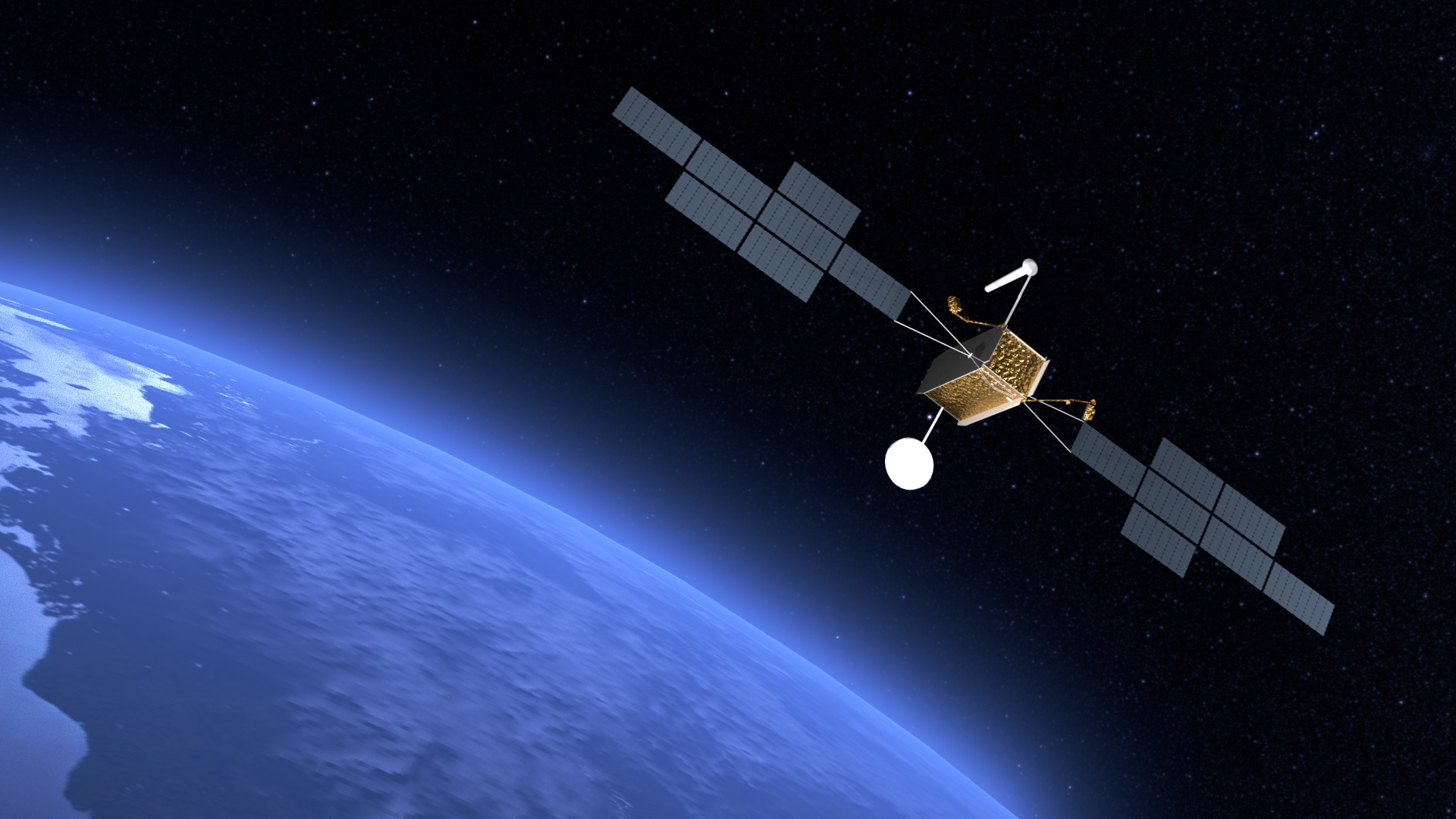The Daily Telegraph and the BBC Horizon programme have reported on a scientific development that is regarded as break though new detection technology: a method detecting tiny fluctuations in gravity. British scientists of the Porton Down military science research establishment of the Defence Science and Technology Laboratory made the “quantum gravity detector” in which lasers are used to “freeze” atoms in place with any movements caused by tiny gravitational force of objects around them being measured.
While the detection technology only has a range of a few metres at present, one day it could allow for the 3D mapping of objects and their relative densities, making radar and sonar redundant, and any counter efforts to jam or stealthily evade or reduce an object’s (e.g. an aircraft’s) reflected signals redundant as well. The gravity detector might also result in a new method of navigation ending the need for GPS satellites
The research was done as a follow-on adjunct to BAe Systems “Project Greenglow”, an unsuccessful research project equivalent to NASA’s Breakthrough Propulsion Physics programme, into forms of gravity control which, it was hoped, would make new forms of spaceflight possible. It was, of course, H.G. Wells who used gravity blocking paint “Cavorite” in his Victorian-era science fiction story The First Men in the Moon (1901) which was made into an excellent film of the same title in 1964, and a BBC remake a few years ago.

